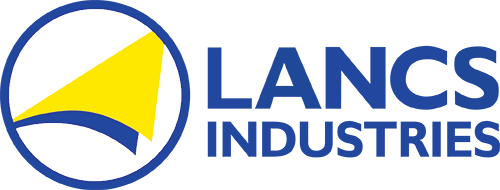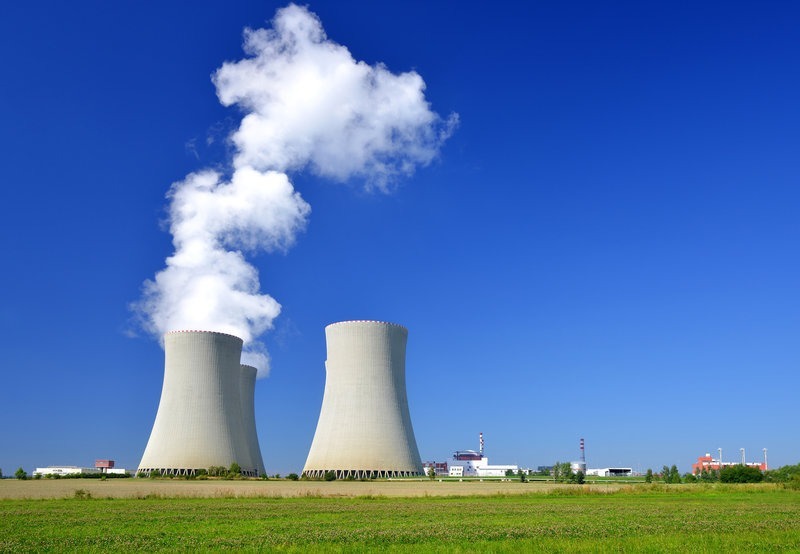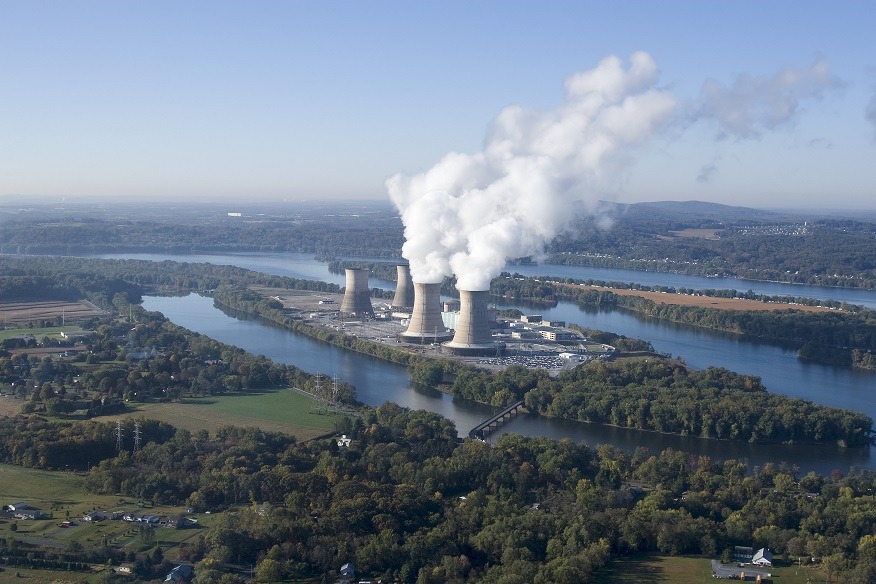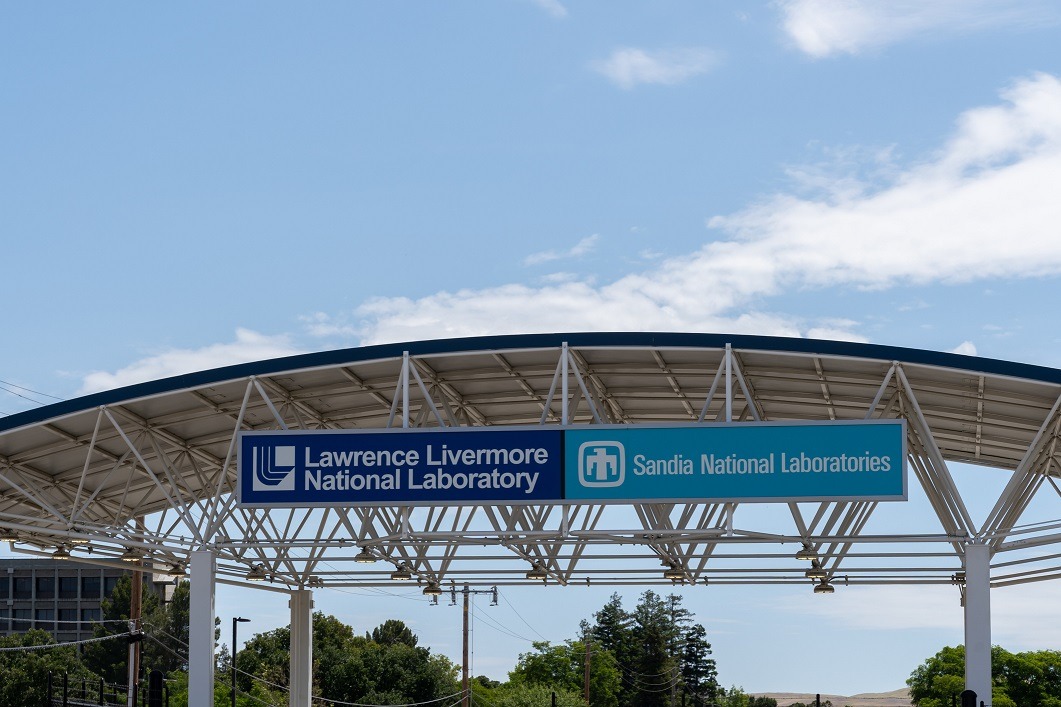Lancs Industries' Specialized Role
Radiation Shielding in the Nuclear Industry
In the nuclear industry—one of the most regulated and safety-critical environments—the demand for precise, durable, and regulatory-compliant radiation shielding solutions is paramount. Lancs Industries stands at the forefront of this sector, offering a suite of customizable shielding and containment products designed to protect workers, the public, and the environment from harmful radiation exposure. Leveraging decades of experience and deep regulatory knowledge, Lancs delivers both off-the-shelf and tailored solutions optimized for the multifaceted demands of commercial nuclear facilities, Department of Energy (DOE) operations, and military nuclear programs.
Applications and Use Cases in Nuclear Operations
Radiation shielding is indispensable during nuclear facility operations such as refueling outages, decontamination and decommissioning (D&D) of legacy sites, nuclear waste transport, and spent fuel handling. In these scenarios, shielding systems mitigate exposure to alpha, beta, gamma, X-ray, and neutron radiation. Particularly within commercial nuclear plants, shielding blankets are strategically placed during refueling outages to shield personnel from elevated radiation fields from valve and piping systems s. This not only protects technicians performing maintenance but also ensures compliance with ALARA (As Low As Reasonably Achievable) standards.
For DOE environmental management (EM) and national nuclear security (NNSC) divisions, shielding solutions are deployed in hot cells, gloveboxes, cask handling operations, and contaminated site cleanup. In the Department of Defense (DoD), naval reactors and shipyard facilities use mobile and fixed shielding within reactor compartments and maintenance areas. These critical uses require shielding materials that can be rapidly deployed, with high attenuation and flexibility to conform to complex geometries.
Lancs Industries offers a full range of shielding technologies including:
- Lead Wool Blankets and Lead free Flexible Shielding: Customizable in size and thickness, these blankets are designed to be portable and easy to install around irregular equipment shapes. Thickness varies by attenuation needs, usually ranging from 1–2 feet wide and several feet long to ensure manageability and effectiveness.
- Containment Tents and Glovebags: Used when radioactive contamination rather than radiation itself is the primary hazard. Glovebags offer tabletop-scale containment and safe manual access to radioactive components. Tents accommodate larger equipment and human entry, often equipped with negative air pressure systems and HEPA filters to capture airborne contamination.
- Shielding for Temporary and Long-Term Use: While most containment solutions are single-use due to contamination risks, shielding materials are typically reusable—so long as they remain undamaged and uncontaminated. This reusability is vital for both cost-efficiency and long-term planning in nuclear sites.
Lancs Industries’ solutions are engineered in compliance with an extensive range of federal and international regulations, including:
- NRC 10 CFR Part 20 and Part 50/70 – Establish shielding requirements in commercial nuclear operations.
- DOE Order 420.1C and DOE-STD-1098-2008 – Dictate shielding standards for federal nuclear sites.
- OSHA 29 CFR Subpart G/Z – Ensure worker safety from ionizing radiation.
- ASTM and ASME Standards – Address material performance for shielding components.
- MIL-SPEC Requirements – Applied to DoD-specific projects, dictating material purity, attenuation, and design specifications.
All products are tested for integrity and performance, with inspections required prior to each use. Tear or breach in the shielding or containment renders them non-compliant and mandates immediate replacement.
Lancs Industries’ products are built to endure the harshest conditions nuclear environments present. Shielding materials must withstand high temperatures, UV exposure, and mechanical wear in both confined reactor vessels and open-field decommissioning sites. Emergency response kits, for instance, are pre-stocked with shielding blankets, containment tents, and personal protective equipment, and are stored in temperature-controlled environments to preserve integrity.
Whether in remote DOE cleanups or high-traffic commercial reactors, the ability to rapidly deploy effective shielding is vital. The company’s modular and flexible shielding designs make it possible to install protection swiftly without compromising the surrounding infrastructure or interrupting critical timelines.
Customization is a core value proposition for Lancs Industries. Clients often request alterations such as:
- Variations in lead/lead free thickness for greater attenuation
- Flexible shielding materials for hard-to-reach hotspots
- Grommet placement and strap additions for easier mounting
- Size and outer material modifications for application-specific environments
The procurement process is typically driven by safety engineers and technical buyers who specify the shielding needs. Procurement teams then execute purchasing based on budgets and operational timelines. For commercial nuclear plants, the peak procurement periods align with spring and fall “shoulder seasons,” when reactors are shut down for maintenance.
Despite cost consciousness among many buyers, compliance, safety, and shielding reliability remain non-negotiable. Inadequate shielding can result in serious repercussions, from worker overexposure and federal citations to operational shutdowns and reputational harm.
Learn More About Our Nuclear Industry Shielding Options
Reach out to our team to learn how we can assist you with your needs for radiation protection.
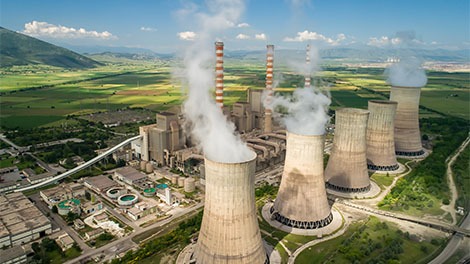
Real-World Impact
A poignant example comes from a U.S. nuclear facility where lead blankets provided by Lancs were used to surround radioactive piping during a reactor refueling outage. Prior to deploying shielding, expected worker exposure exceeded 500 mrem per shift. With the shielding in place, exposure was reduced to under 80 mrem—safely within ALARA goals. Such results exemplify how effective shielding translates directly into safer working environments and uninterrupted operations.
Lancs Industries continues to set the standard in nuclear shielding solutions. With a robust product line tailored to the unique needs of the nuclear industry and an unwavering commitment to safety and compliance, the company remains an indispensable partner for organizations managing radioactive materials and environments.
Custom Design Options are Available
Reach out to our team to learn how we can assist you with your needs for radiation protection.
